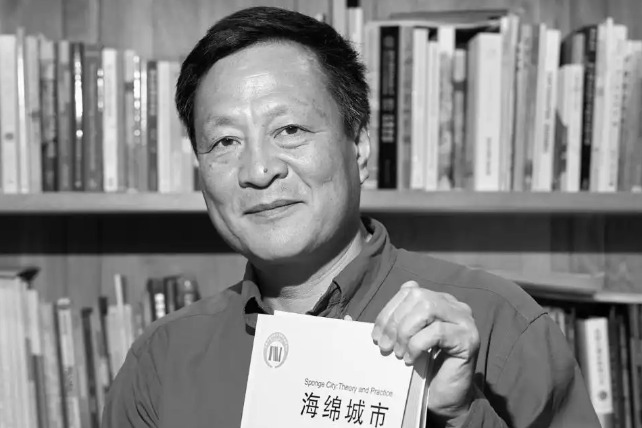Super-foldable conductive material to facilitate development of ultra-flexible electronic devices

BEIJING -- Chinese researchers have developed a conductive carbon material that can withstand one million folds without structure damage.
Flexible electronics and wearable devices have become hot research fields. Foldable phones on the market use only one rotating axis, failing to achieve the functions of being folded arbitrarily, while some wearable electronic devices inevitably face the problem of shorter life caused by repeated folding.
They require conductive materials to have numerous foldable properties.
Inspired by silkworm cocooning processes, the researchers from Tongji University designed the super-foldable conductive carbon material with layered nanofiber network structures, according to a recent research article published in the journal Matter.
The material can remarkably bear one million folds without structural damage and conductivity fluctuations.
The article said that the structures featuring appropriate pores, non-crosslinked junctions, slidable nanofibers, separable layers, and a compressible network could act synergistically to generate a folding construction at the crease.
The research sheds light on the development of ultra-flexible electronic devices.
- Village reaps benefits of millet harvest through collective effort
- Shanghai University leads global initiative
- NHSA releases new guidelines for long-term care insurance services
- Three trapped after coal mine accident in Northwest China
- 10th China Intl Copyright Expo set to open in Qingdao
- Three cleaners killed by train on Shaoxing metro line





































